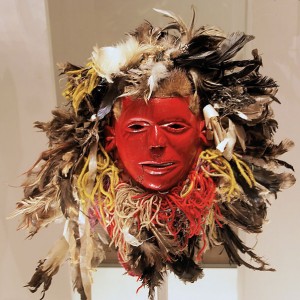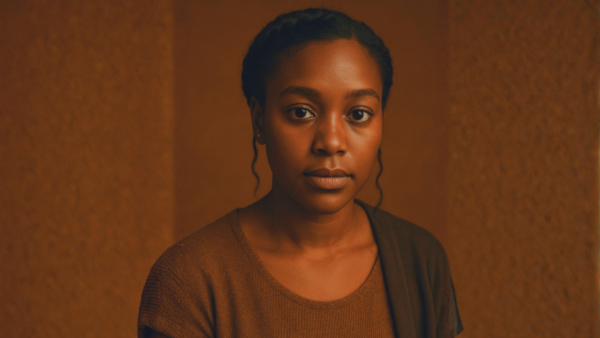 Origins
Origins
Kitwe is home to immigrants from different parts of the globe. Zambia has a long history of immigration. If you asked a Chewa person where they come from, they will probably point east. The truth is, however, a bit more complicated than that.
The Bantu speaking peoples migrated from north-west Africa into the Congo basin over a thousands years ago. The Chewa then migrated eastwards from the Congo, moving through the northern and eastern part of Zambia. They spread south into Malawi, Mozambique and Zimbabwe. This wave of migration left in it's wake peoples who shared similar language, religious and cultural roots. Interaction with other people in these new environments led to an evolution of the Chewa language. The resulting dialect variations include Chinyanja, Chimanganja, Chipeta, Chinyasa and Cinsenga.
" The people who settled along the lakeshores and along the banks of the Shire River referred to themselves as aNyanja, the "lake people", and their particular variety of Chichewa came to be called Chi-Nyanja, or simply Nyanja, the language of the lake people. Those who moved into the interior, the area of tall grass, called themselves aChipeta, the dwellers of the savanna land." (Chicewa Background And History: http://www.humnet.ucla.edu)
While the Ngonis from the south were a waring people, the Chewa tribe from the north was peace-loving. Over time, the two tribal groups found a way to co-exist.
Chewa Beliefs
The "Nyau" refers refers to members of secret Chewa societies. The Nyau perform "Gule wa mukulu"(The big dance). The Gule is an energetic ritualistic dance, with supple moves, that reflect the dancer's enhanced spiritual state.
In the early 60s it was common to watch these dances in Kitwe. Miners on their day off would meet to practice in preparation for competitions with dance groups from other mining towns on the Copperbelt. The mining companies would lay on open flat bed trucks to ferry participants between towns. The arrival of truckloads of singing and drumming men and women was greeted with excitement and anticipation. There were dedicated amphitheatres near Lido Cinema in Wusakile and near the current Catholic church in Chamboli. Excited children and adults made their way to these locations at weekends to be treated to an extravaganza of colour and sound.
The strong influence of the Chewa is evidenced by the fact that ChiChewa was adopted as the official language in Malawi. It's also the third most widely spoken language in Zimbabwe. In Zambia, Chi-Nyanja is the second most widely spoken language. In Zambia and Mozambique it is known as Nyanja. Chi-Nyanja is regarded as an adulterated or diluted form of Chewa by those who speak the "deep" Chewa from central and southern Malawi.
Ceremonies
In the Eastern Province of Zambia, the "Kulamba (Mwambo Wa Achewa)" Ceremony takes place at Mukayika in Katete. This is the home of the Paramount Chief of the Chewas. Chewa people from Zambia, Malawi and Mozambique gather for this annual event which usually takes place over a period of five days every August (usually in the last week).
Young men who have undergone intensive training in how to step up to the responsibilities of rearing a family, and recently been inducted into the Nyau secret society, join the veterans and put on a show for the paramount chief and his subjects. Young girls who have recently come of age also have their own initiation ceremony.
Barphil Productivity And Training Institute Ltd have produced full length videos of the Kulamba as well as the Ncwala ceremonies of the Ngoni people.
This is an exerpt of their Kulamba Ceremony video:
________________________________


